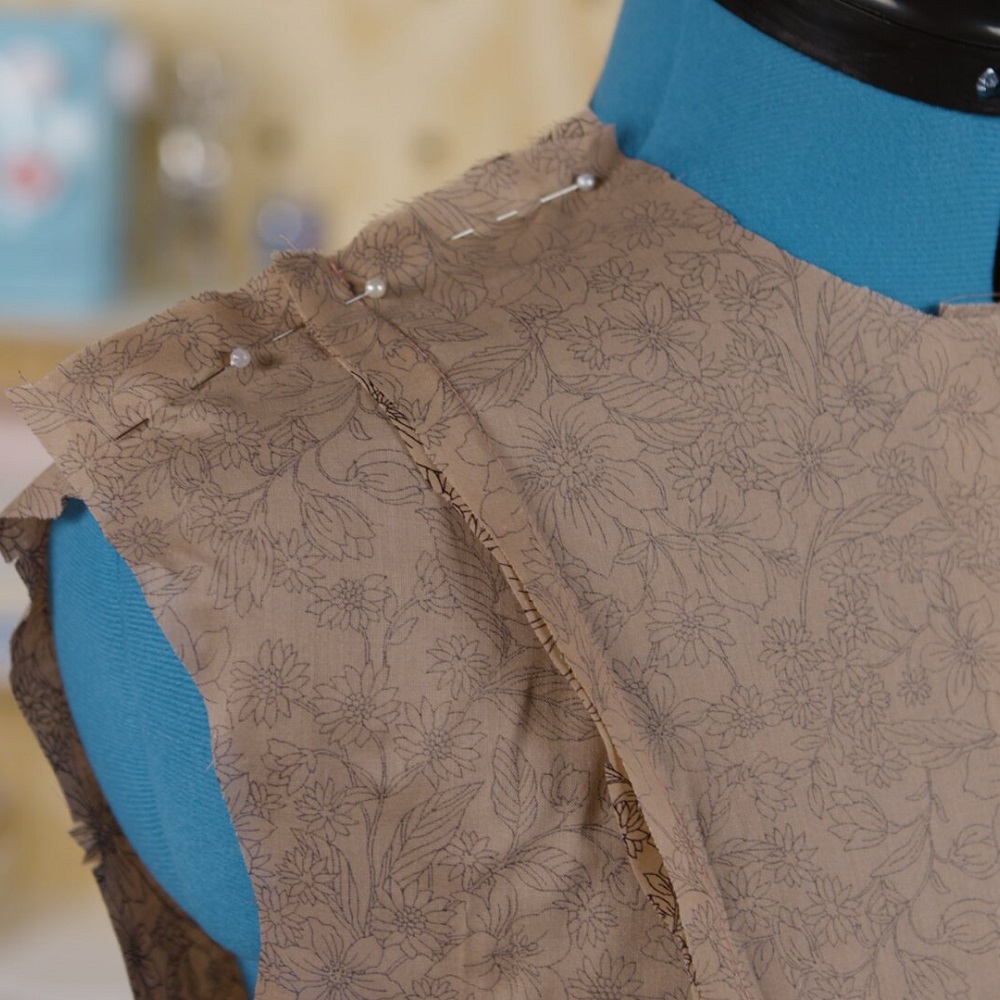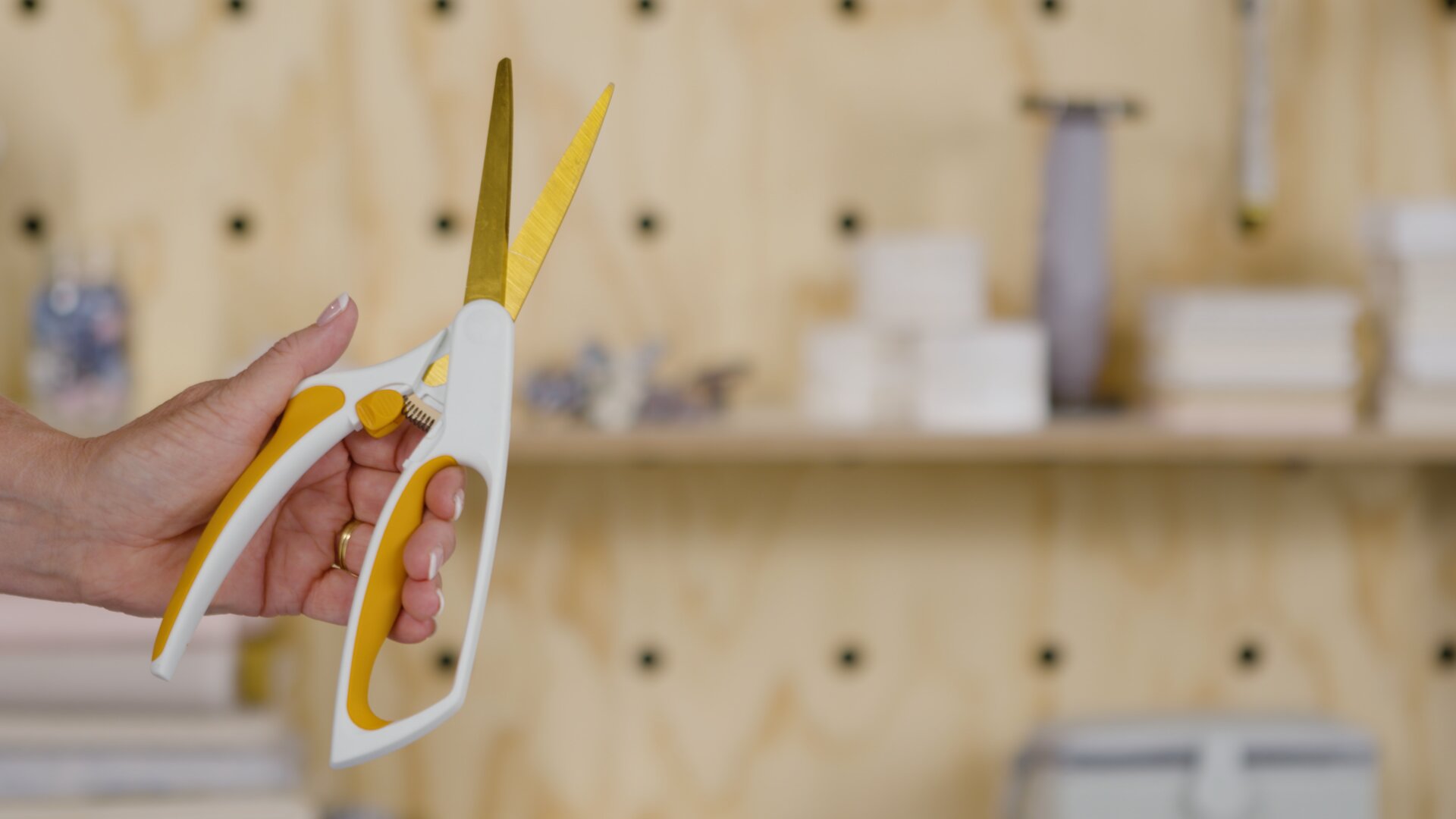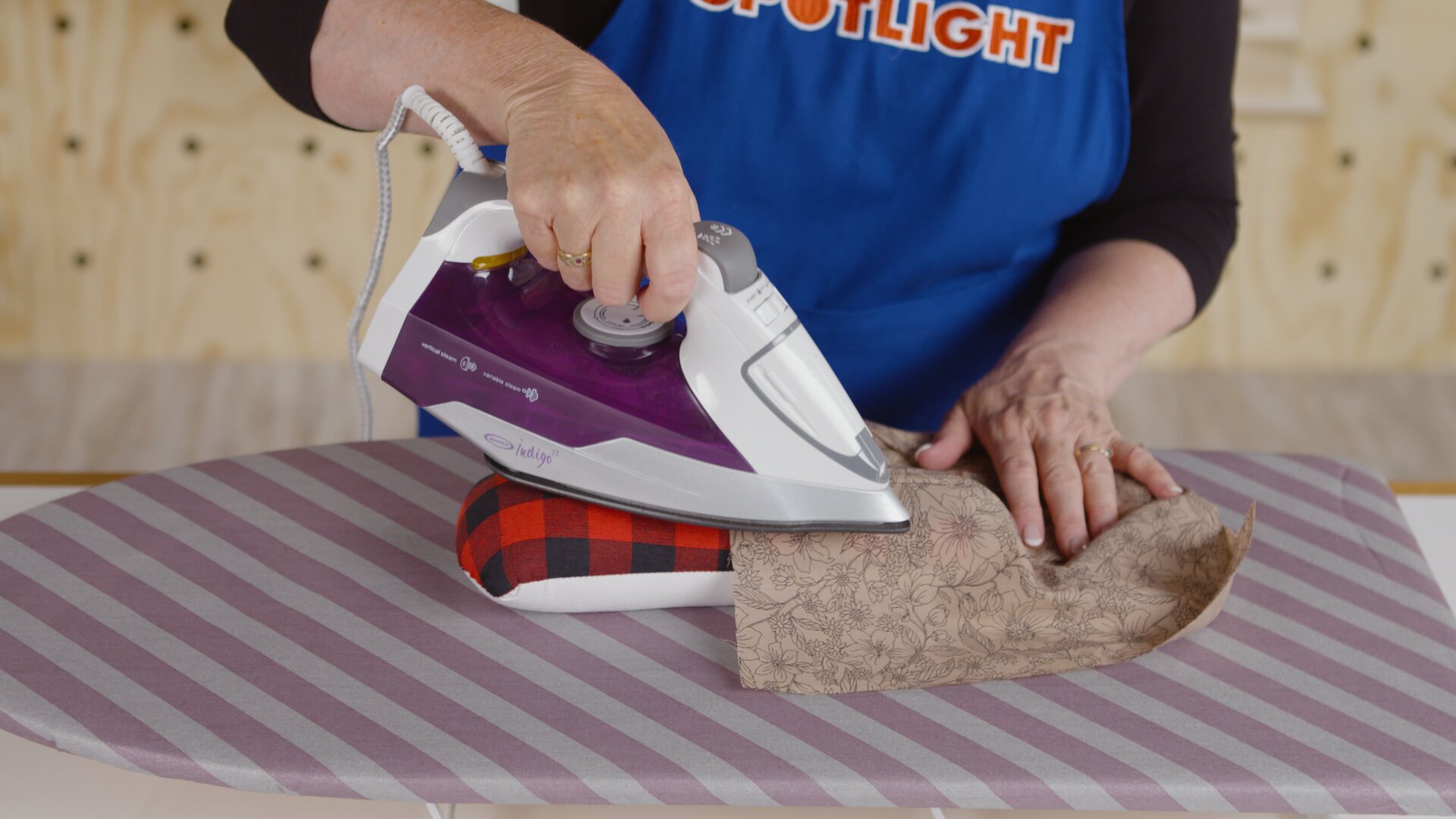 | ||
| Your browser is not supported. | ||
|
Please browse our site using any of the following options:
| ||
Choosing Dressmaking Tools
In addition to a sewing machine, fabric, and threads, there are some tools that every dressmaker needs to get started.
This buying guide will take you through the five key processes involved in dressmaking.
MEASURING
Tape Measure
- For measuring the person you're sewing for as well as the materials you're using.
- Choose one with both centimetres and inches so you can use patterns with any unit of measurement.
Seam Gauge
- A small ruler with an adjustable slide.
- Generally has both centimeters and inches marked on it.
- Set to a particular length, it allows you to make the same small measurement consistently. This is useful for hems, pleats, measuring the space between buttons, and other small tasks.
Ruler
- A long transparent ruler is best. It allows you to measure fabric while still being able to see the grain, as well as any patterns, seams or other details that you need to take into account as you work.
Specialty Rulers
- T-squares
- A long ruler with an end that runs perpendicular to the main length.
- Used for achieving straight cuts and accurate corners on larger pieces of fabric.
- Also useful for drafting patterns.
- Curved rulers
- French curve, hip curve, and other curved rulers are used to measure and mark the many lines in dressmaking that are not straight, such as armholes, neck, waists etc.
Dress Form
- A freestanding model of a human torso that can be made larger or smaller at key points including waist, bust, etc.
- Also known as a mannequin or tailor's dummy
- A good investment for the serious dressmaker.
- Allows you to set the measurements of the person you're sewing for, and then measure and adjust your garment easily and accurately as you work on it.

MARKING
Marking Implements
- These can be chalk, fabric pencil, erasable fabric marker, or similar. This is a matter of preference.
- Must be visible on the fabric you're using (eg not white on white), and able to be washed out easily.
- It is worth testing the marking implement on a scrap of the fabric you are working with so that you can be confident it will wash out properly.
Pins
- For holding pieces of fabric together as you measure and sew.
- Also used to pin patterns to fabric for cutting.
- Essential in creating tucks, pleats and folds.
- Can also be used for marking places on fabric.
CUTTING
Fabric Scissors
- Should be kept only for fabric so they stay both sharp and clean (the materials used to make paper will dull blades more quickly than most fabrics, so using your fabric scissors to cut paper will shorten their life.)
- Long blades work well for cutting the larger pieces of fabric usually worked with in dressmaking
- Long blades make cutting through thicker materials such as denim, and corduroy easier (lever effect).
- Angled handles that lie flat against the work surface make it easiest to cut accurately without moving the fabric.
Pinking Shears
- Scissors that have blades with interlocking teeth that create a zigzag edge when cutting.
- These zig zag edges prevent fraying
Craft Scissors
- For cutting patterns, or any other materials you might use while you work.
- Have them handy so you're not tempted to use your fabric scissors for other purposes!
Snips
- Small scissors for cutting loose threads, thread ends, and any other bits and pieces that need neatening or trimming.
Seam Ripper
- Also known as a quick unpick.
- Essential for unpicking mistakes quickly and efficiently.
- They also make it easier to remove basting and other temporary stitches.
Rotary Cutters
- A handheld cutter with a circular blade that works like a pizza cutter.
- Ideal for cutting long straight lines and curves.
- Must be used in conjunction with a cutting mat so as not to damage the work surface.

SEWING
Sewing machine and/or overlocker.
A sewing machine or overlocker is an important investment, so we've got detailed information about how to choose one here.
Hand Sewing Needles
- For small or fine sewing tasks such as securing buttons, hooks and eyes.
- Also used for decorative details such as embroidery and applique.
PRESSING
Iron
- For pressing seams as well as removing wrinkles and creases.
- Your household iron is all you need.
Pressing Cloth
- A piece of 100% cotton fabric to place between your iron and your fabric as you work.
- Prevents the iron from damaging or marking the fabric of your garment.

Want to look at more Sewing & Quilting options?
Check out Spotlight's range of sewing & fabric ideas online, visit your local store or contact one of our experts for assistance.




